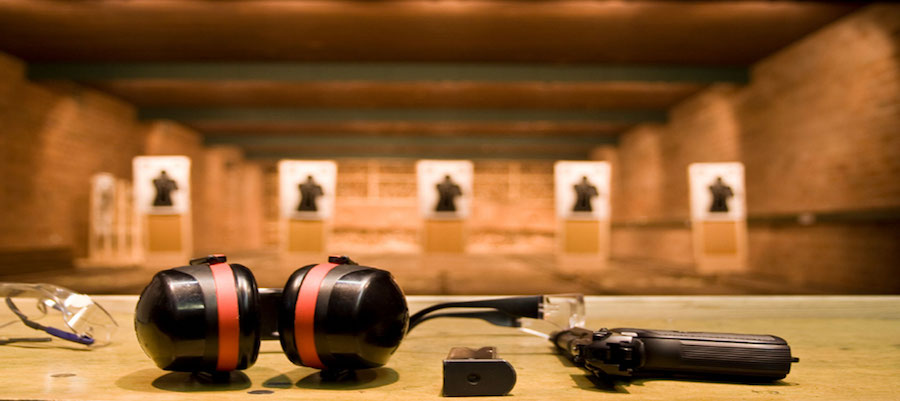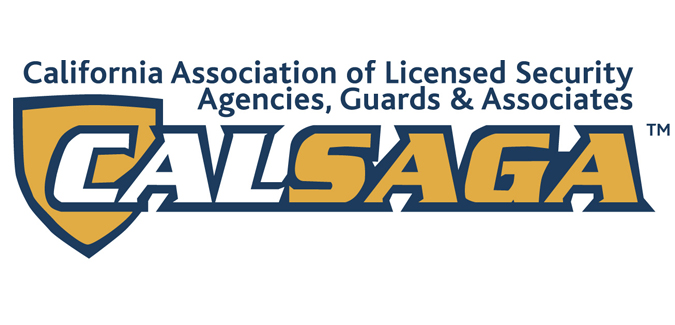
A Matter Of Life And Death: Firearms Safety Training, Part 2
- Andrea Pasquettin
- 22 May 2020
- Security
Guns are an important tool for security and protection, and are commonly used by both professional firms and the general public.
There is nothing more critical to safe and effective firearms usage than proper safety education and training. It is essential.
There are many different tools of the trade when it comes to professional security services, but often the first one that quickly comes to mind is a gun. This powerful symbol of violent force is, of course, much more than just a symbol, as it is a strong deterrent to potential perpetrators of violence and criminal activity, as well as being an effective tool for self-defense against an attack. It is also an incredibly dangerous tool that can just as easily bring harm to the innocent as it can to the attacker. This significant danger requires consideration of two vital questions:
1. When is it appropriate to use a firearm?
2. How can you safely and effectively use a firearm?
HOW TO SAFELY AND EFFECTIVELY USE A FIREARM
To safely and effectively operate a firearm, an extensive amount of training is required, both in the classroom and at the firing range. Written manuals and instructional lectures can illustrate the components of common guns and their proper assembly, operation, and caretaking, and explain the best techniques for control, speed, stability, and accuracy. A firing range is a safe and designated practice space for obtaining the crucial repetition that brings improvement and develops muscle memory.
But before even starting those disciplines, you must begin with four simple and fundamental facts of gun usage. Despite how obvious, routine, or even trite these practices may seem to be, they are all integral to gun safety and their lapse is demonstrably linked to the vast majority of preventable gun injuries and fatalities.
First and foremost, always assume a gun is loaded. Treat every gun, at all times, as a live weapon that can fire at any time. This will affect how you approach, pick up, and wield a gun.
Second, do not point the gun at ANYthing—unless you fully intend to destroy that thing. Make no mistake, whatever a gun is pointed at is a direct and immediate target of vicious destruction. There is no margin for error.
Third, never put your finger on the trigger before you truly want to fire it. Placing your index finger inside the trigger guard is a very easy habit to acquire, and often happens naturally or subconsciously, but it is incredibly dangerous. You MUST work diligently to eliminate this habit.
And finally, always store a gun in a locked case, unloaded, when not in use. It should be placed somewhere inaccessible to children and unauthorized users. This practice alone would prevent many tragic accidents, and it is often a legal requirement.
Understanding, and just as importantly, practicing proper gun safety is critical to the ultimate purpose of having a gun in the first place: keeping people safe.








Leave a Comment